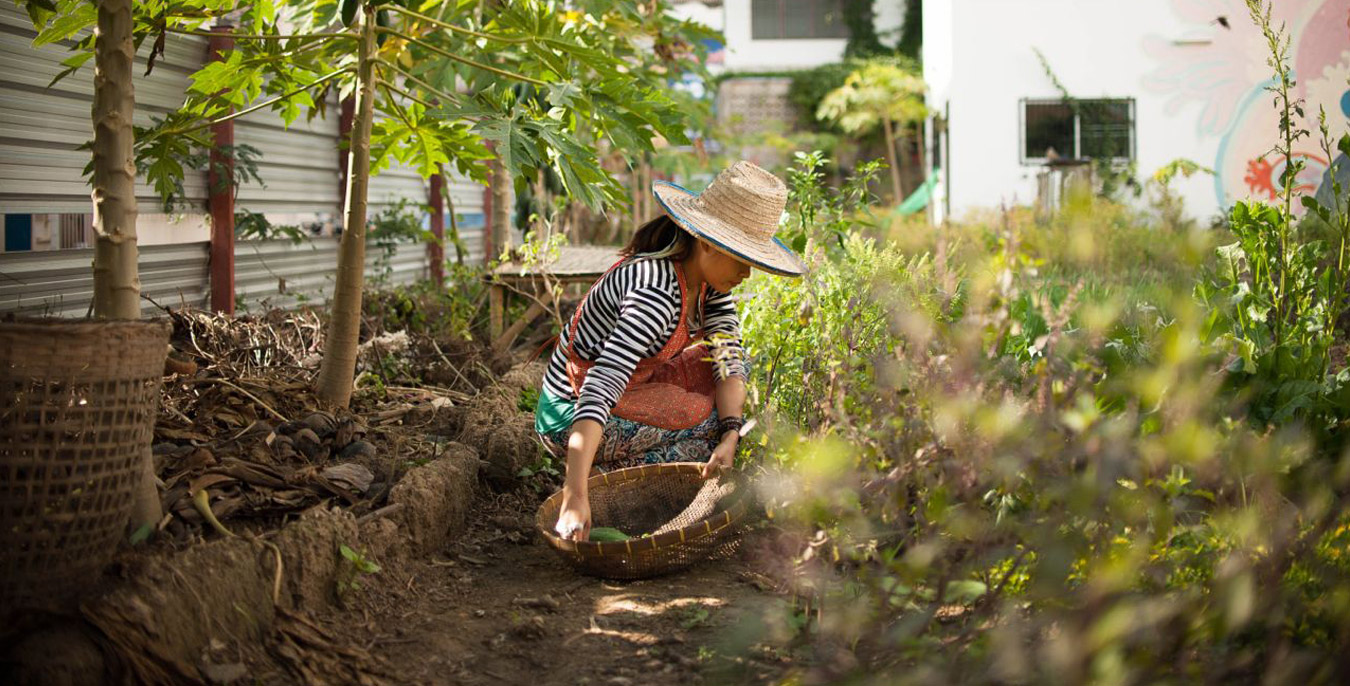“I’ve fallen in love with dirt,” says one of the participants in a global gathering of young people focused on the Inner Dimensions of Climate Change, including how to sustain hope in times of mental distress over loss of territory, islands, identity, and country.
“I’m learning lessons from the soil. Thinking of what we consider to be waste requires a shift in mindset – of our inner ecosystems to address our outer ecosystems. We need to reclaim our values by stepping off the treadmill and asking, ‘where is my place in this world, and what is my purpose?’ In this way, we can rehumanize ourselves, see beauty in ourselves and others. Our focus is on regeneration. We work with compost to understand.”
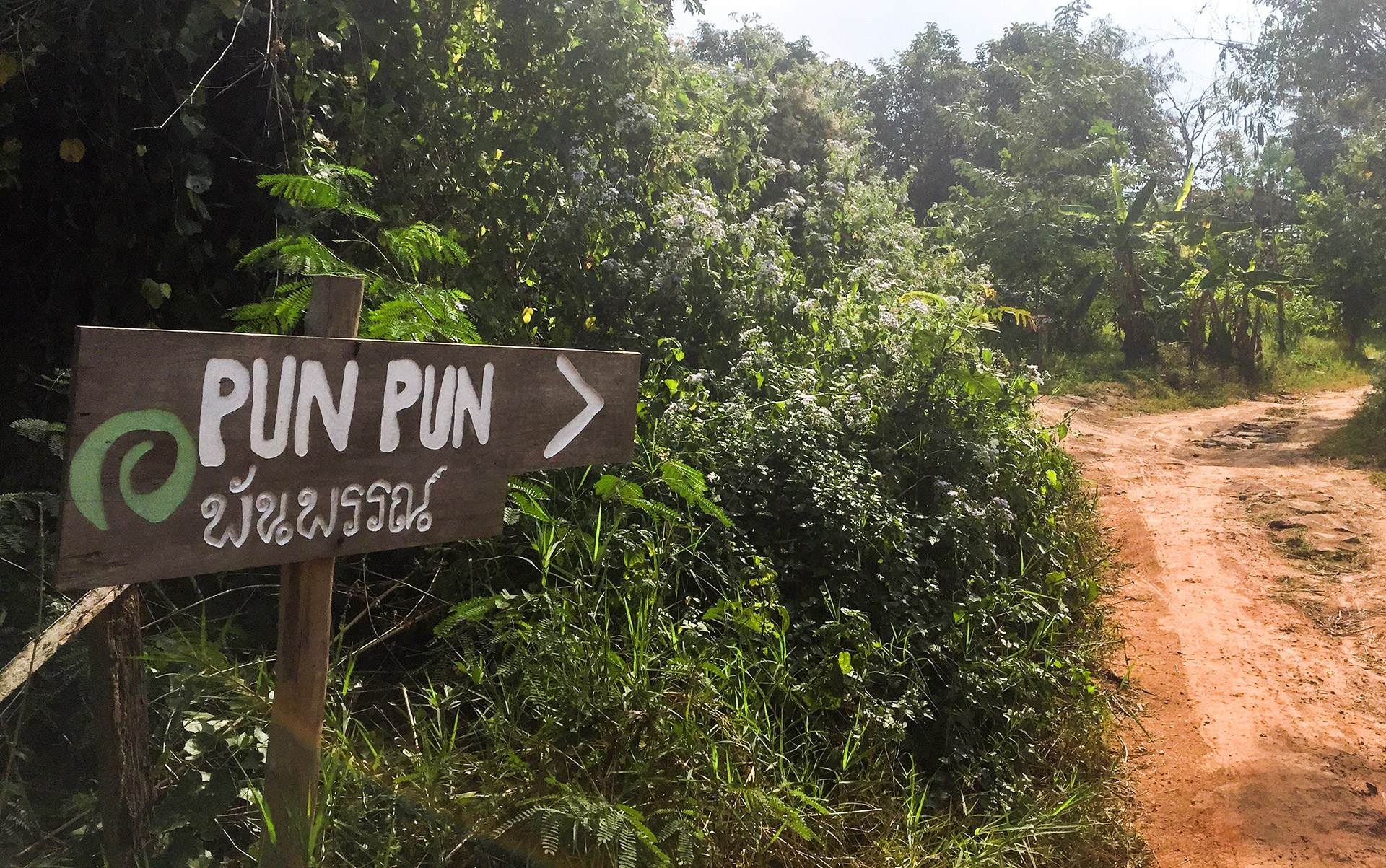
“We’re in the heat of the compost pile right now,” says a young woman. “We need to understand the genesis of new life and draw from biomimicry to support thriving ecosystems. This means starting with place, and with curiosity and openness to others. Holding those living questions of what is truly sacred to you.”
The focus for all those present is on regenerative approaches to soil, land and self. On food security and biodiversity; mental health; identity; connection to land; and self-care.
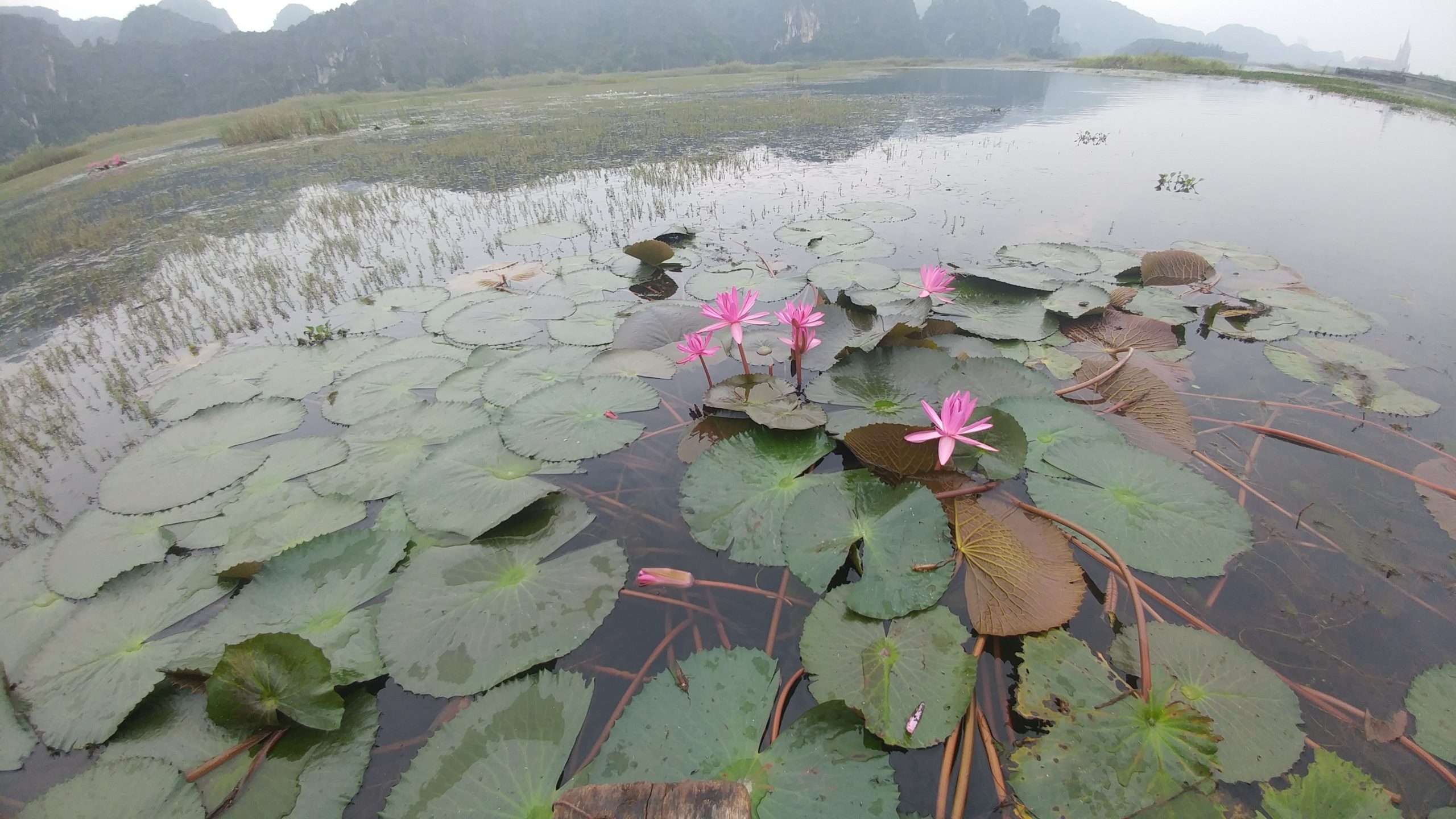
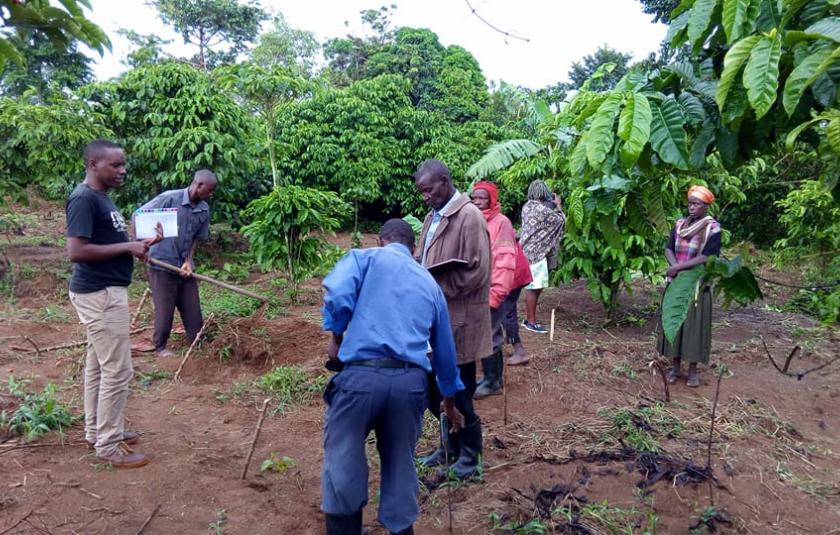
One of the participants speaks of the counsel he received from a Native American elder, “mistakes are medicine”, and the solace he found in playing piano when facing a challenging time. So now he plays piano for us, taking us on a journey, too. Music becomes a central tenet of this gathering, with participants playing bamboo flutes, songs of whales in deep seas, drumming, duets, and full-throated chanting.
A young woman from the Pacific talks of the trauma of being a journalist first responder to climate induced disasters. There’s no psychosocial counselling to process and deal with the deaths and destruction caused by severe climate related events, she says.
Native American and Aboriginal and Torres Strait Islander young people from Australia share stories of their traditional land practices including controlled burnings being a way to mitigate out of control bushfires. Loss of this way of life means the impact of climate change is even greater. Mental health comes from recognizing the need to shift to a paradigm of cooperation with nature rather than one of control and dominance.
Participants from the Middle East speak of the sustained trauma of refugees and asylum seekers escaping wars, conflicts, massacres and then being retraumatized by the conditions in refugee camps and then the overlay of climate change wreaking environmental havoc in the form of droughts, floods, and cyclones. The profound impact on people who are permanently dispossessed, on the move, struggling to sustain hope.
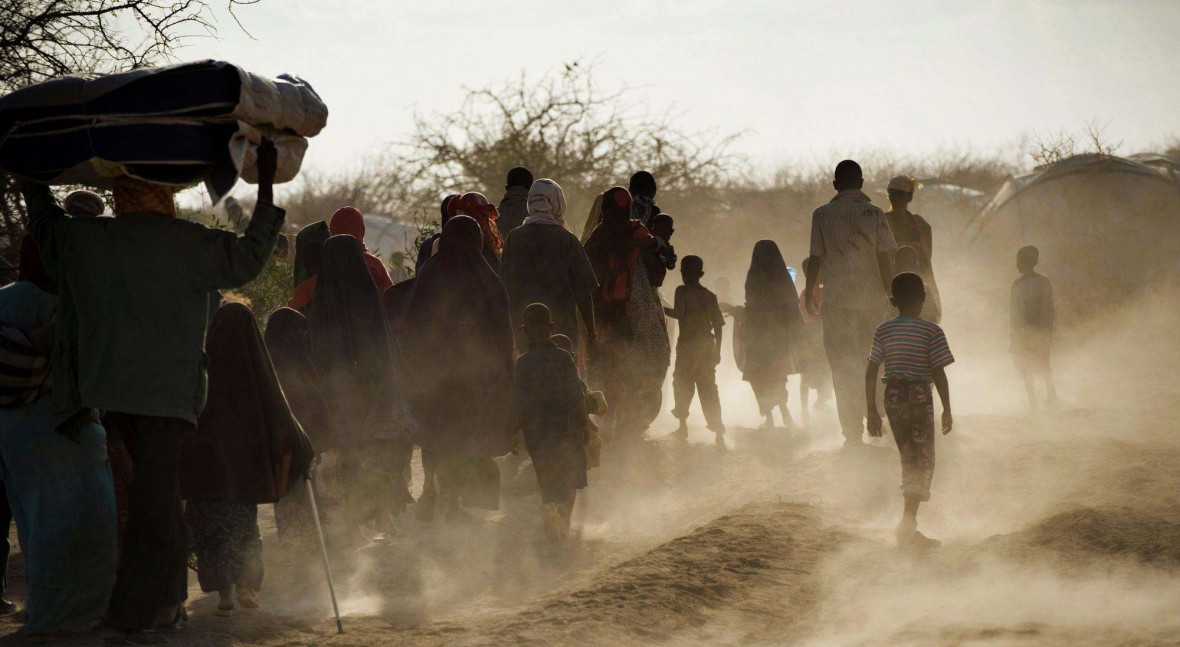
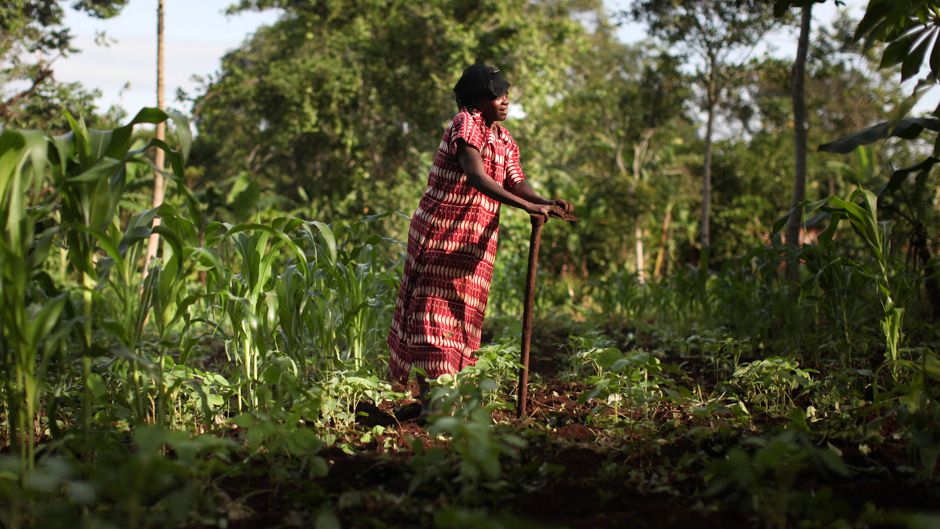
Other participants speak of the importance of cultivating a love of soil, seeds and nature in children. One person speaks of his work with the cross-cultural experiential education school, Where There Be Dragons, taking young people to regions of the world often left out of history to have immersive relation-building encounters with indigenous peoples. “I attempt to offer a radically new perspective for students who typically only have heard one side of the story, in an effort to redefine what it means to be human.”
One of the Native American elders present says “The right song is in the seed, sing the seed, the seed sings life. Humanity cannot be humanity without the earth. Seeds are teaching language to children. Self-reliance is key instead of formula-fed ideas of development. Children are singing the songs of the seeds. The seeds are teaching us. This is the old way of living. Children are giving culture to those visiting. We are creating an underground greenhouse. I’m an example of a child who was taken away from my home and land in the 60s and has now returned. I’m a survivor of the “Reign of Terror” from 1972 to 1976 at Pine Ridge, Cheyenne River and Rosebud Lakota Reservations in South Dakota. It was against the law for us to sit in a circle until 1978.”
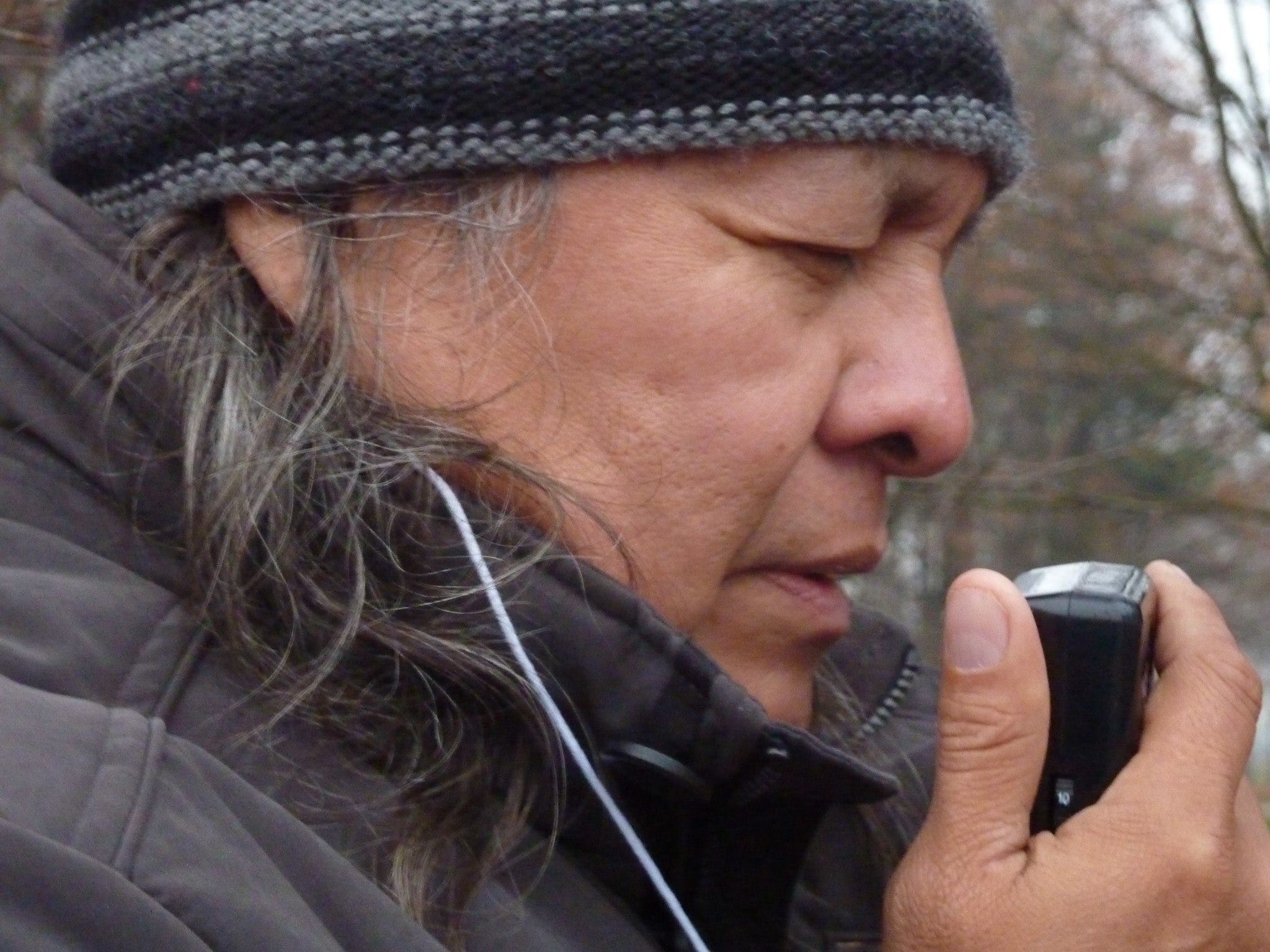
One of the young people present is reading a book called Last Child in the Woods: Saving Our Children From Nature-Deficit Disorder by Richard Louv while I’m reading the (utterly brilliant) book, Wilding by Isabella Tree who writes of the profound impact when children are deprived the experience of nature:
‘Today’s children, even if they live in the countryside, are under constant surveillance, protected from the perils of adventure and independence…This ‘extinction of experience’ in childhood has a direct bearing on attitudes to the environment in later life. Studies show that children who spend time in green spaces between the age of seven and twelve tend to think of nature as magical. As adults they are the people most likely to be indignant about the lack of nature protection while those who have had no such experience tend to regard nature as hostile or irrelevant and are indifferent to its loss.
Isabella Tree goes on to say ‘Low levels of self-discipline, impulsive behavior, aggression, hyperactivity and inattention in young people all improve through contact with nature. Studies on children who were being bullied, punished, relocated or suffering from family strife all showed that they benefited from closeness to nature, both in levels of stress and self-worth.’
At our gathering, a young woman from China who teaches environmental education to village children and urban families says, “Our focus is on environmental stewardship, local biodiversity, nature conservation and permaculture. Three generations back we were all farmers. The new idea is that farmers are poor. It didn’t used to be like that. Our community is rich and supportive and is a counterpoint to large scale hydropower and dam projects.”
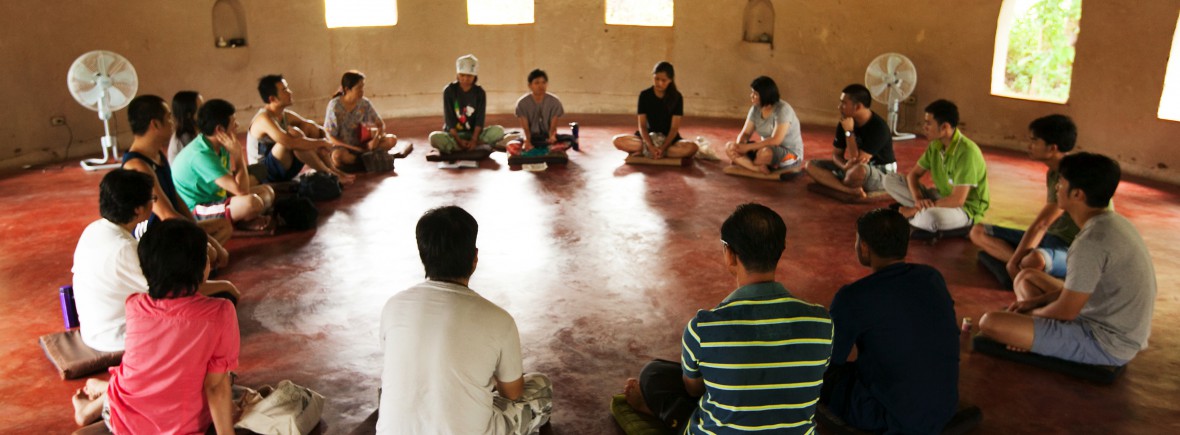
In Vietnam, a young man is working in a community inspired by the Vietnamese monk, Thich Nhat Hahn. This includes working with a community of young people with disabilities, connecting them to nature, to awareness of a changing climate and how they can play a role. “There is such beauty of living in the present moment,” he says. “We don’t use the disability word within the community. We’re all teachers, learning from each other.”

From India, a participant says “As a farmer-ecologist, artist, and educator, my work is focused on shaping landscapes of the mind, heart, and earth. This exploration is an inquiry and learning journey of how to connect to nature in ways that reclaim the dignity, humility, and mystery of being human on this planet.”
An African American young woman talks about being a health and wellness educator working with communities experiencing extreme poverty in the US to share health and nutrition practices. “I teach foraging, wild food cooking and farm-to-plate activities to help people to be self-sufficient with food choices, and to connect with the land to live a healthier and more vibrant life.”
Another young woman says, “Our community won’t exist in a few years due to rising sea levels. However, we know that our lives have touched many. Biodiversity and seed learning have been such important practices. Wisdom is in the old ways of living. It’s alive and it’s growing. Feeding is our spiritual practice. Our lives are temporary, and life is eternal.”
A young person from Trinidad says, “I believe that humanity’s survival depends on our ability as individuals to make the passage from a narrow, emotionally and egoistically centered life to one centered in the part of our being that knows no division and that embraces all as love.”
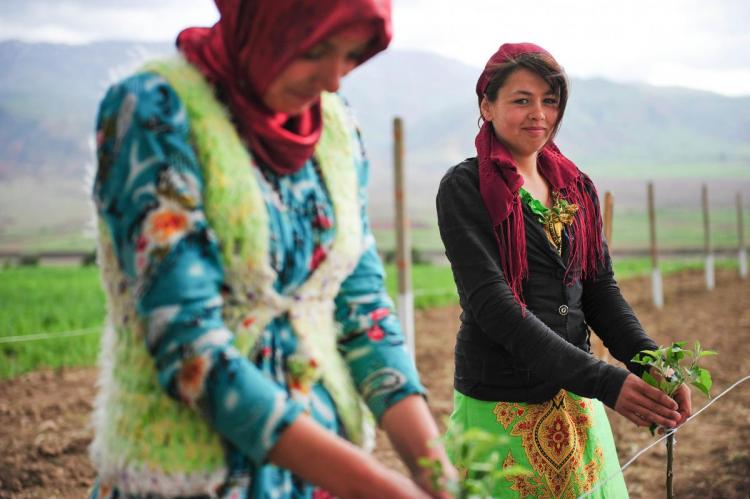
From India, a young women tells of working with over 80 schools and more than 9,000 teachers to enable them to see themselves as catalysts of transformation. She reflects, “Climate conferences are obsessed with carbon footprints and water levels rather than indigenous values and connection to self. The very idea of ‘the other’, that we’re different from each other, is creating and deepening our crisis. We need to draw from renewable energy sources, so we don’t deplete our own energy, and we need to focus on the power of education to create magic in the classroom as an open forum to ignite, spark, and inspire.”
“Yes,” says a community organizer from India. “It’s important to connect with our deepest values and live a life of integrity, recognizing that our inner journey informs our outer journey, and vice versa. I’m interested in the transformational potential of moral leadership and sustainable economics in concert with love of land, ecology, nature, mountains. I’m living in an intergenerational home informed by deep listening, alliance building, and mental as well as physical composting.”
In reflecting on her own journey, a young Aboriginal woman from Australia says, “I strongly believe in nurturing a community I was nurtured by.” Going home, going on country, I truly, truly feel at peace. Every day it feels hard because I’m not there. I can’t be there as often as I like because there aren’t a lot of work opportunities on my land. For a lot of my life, I’ve been a guest and visitor and it really hurts. I’m going to try to be home more often. Be home, be on country.”

In her book, On Fire: The Burning Case for a Green New Deal, Naomi Wolf says, ‘After listening to the great farmer-poet Wendell Berry deliver a lecture on how we each have a duty to love our “homeplace” more than any other, I asked him if he had any advice for rootless people like me and my friends, who disappear into our screens and always seem to be shopping for the perfect community where we should put down roots. “Stop somewhere,” he replied. “And begin the thousand-year-long process of knowing that place.”’
From the US, a young filmmaker shares a film she made on Counter mapping as an act of reclaiming stories, cultures, dreaming. “These counter maps, these Zuni maps, tell us we’re of this place and the ancestors recognize these maps – ‘this is what’s in these stones, this is what’s in these prayers.’ When you grow old with the community and all the great, great, grandmothers of this place comes identity and a profundity that you can’t find in any other way; They say, ‘remember these things, remember this place, too often we forget.’”
“I live in a small village and chose to stay,” says a young woman from Guatemala. “This is my country and agriculture is the thing we do. We are facing loss of land, rising pollution and so we need to build resilient communities.”
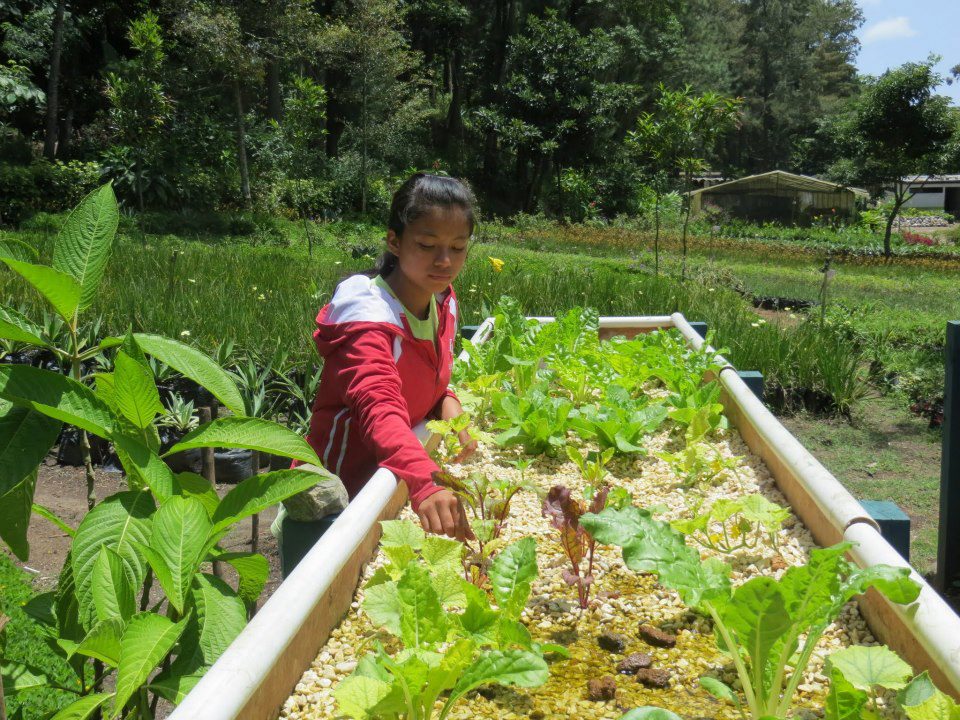
A young woman working with ‘Renew Oceans’ in Varanasi with a mission to divert hundreds of thousands of pounds of ocean bound plastic says, “I’ve come to realize the importance of self-care. There’s very little you can do for the world if you yourself are drained and depleted. Drawing on techniques for maintaining a calm inner self and protecting ourselves from burnout is crucial.”
One of the Native American Chiefs present offers a prayer and an affirmation: “The cry of mother earth. The new ecological evolution belongs to you.”
A young woman participant adds as we near the end of our time together: “The success of our work for the earth is dependent on the strength of our own spiritual foundation to reverberate to the world. When we don’t love ourselves, there is potential for burnout. The process is critical. Let’s steep our journey in love.”

We’re asked about the practices of healing and hope that we bring into our own life. I think about living on my wooden boat with sea lions popping up and pelicans skimming the water. Of when I light a candle to meditate and write morning pages. My daily ferry commute to work where I can begin and end each day in silence. Having Sunday as Sabbath day, not so much religious as sacred, and a commitment to an aesthetic of natural beauty. Improvising dances on my boat in response to nature and swimming in the sea as my joy bolt. Time in Kauai with bike and bikini. Taking crayons to draw and color on blank artist pages when I travel. Having the library as my go-to place when I’m home. Buying from artisans to reflect beauty in what I wear. Giving something away when I buy something. Unstructured time on weekends. Rituals when I travel – candles, photos, quotes, shells and stories. Taking to heart, Martin Buber’s ‘I and Thou’ of interconnectedness; challenging the status quo where it’s needed. Being brave.

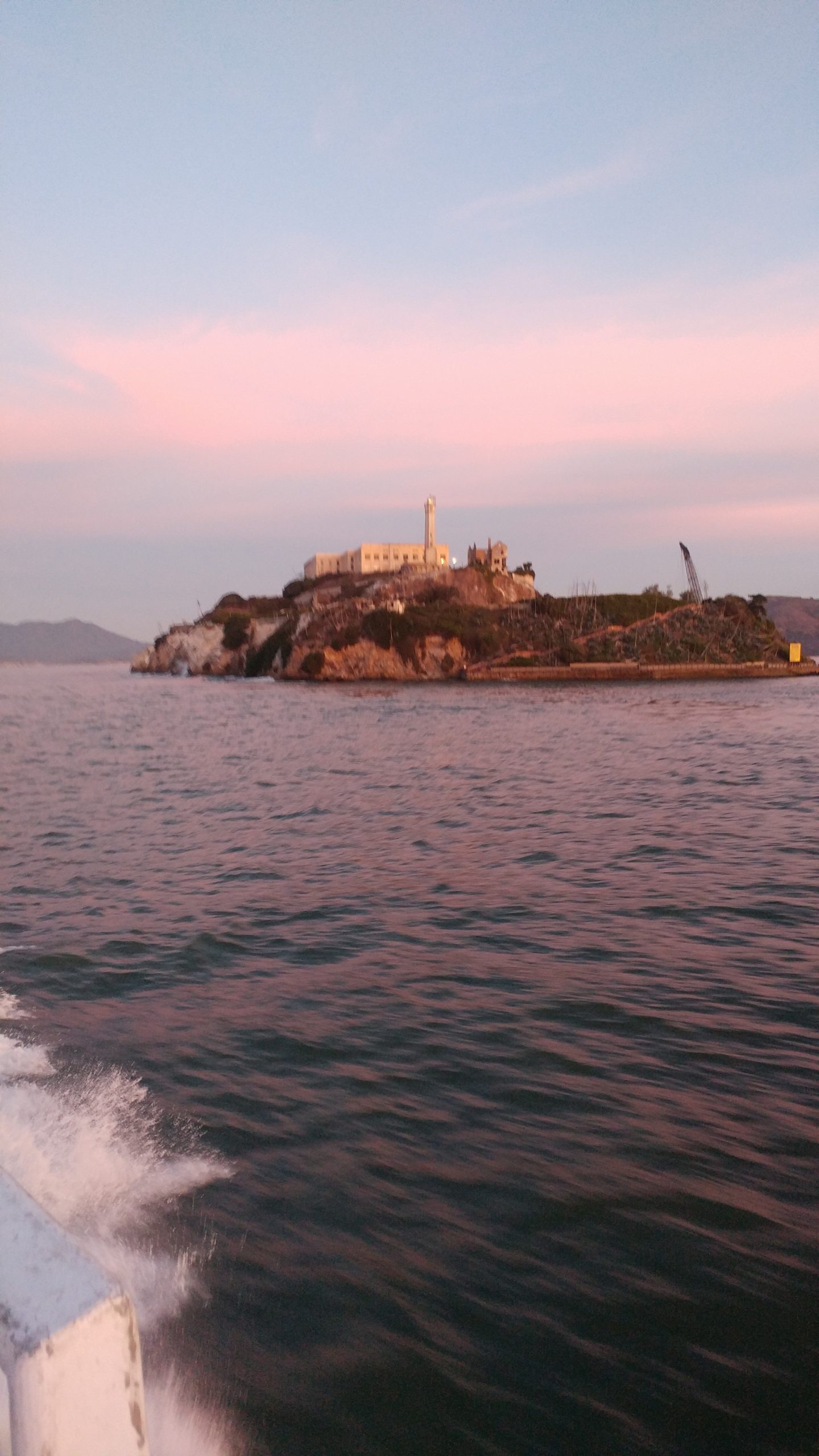

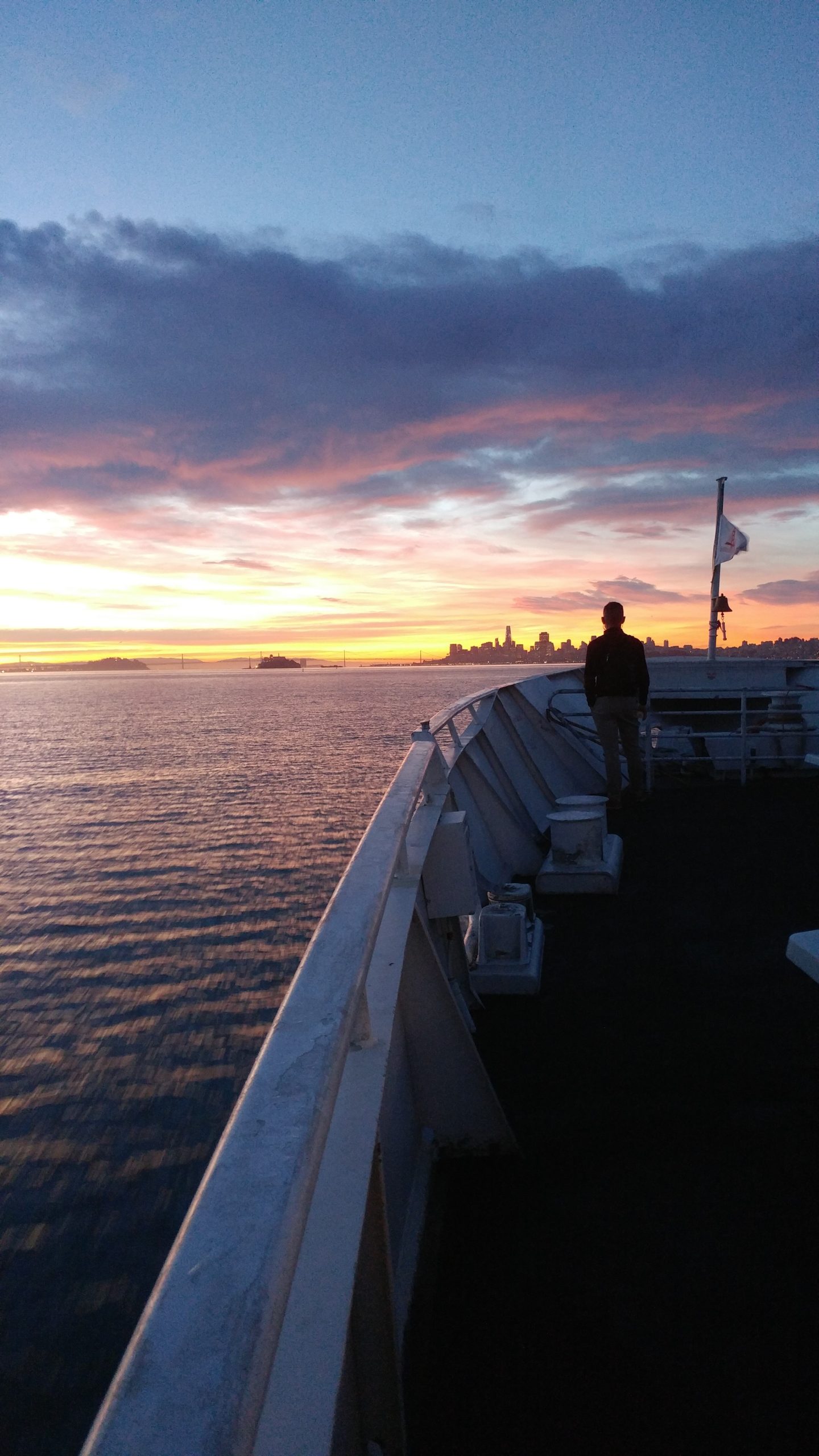
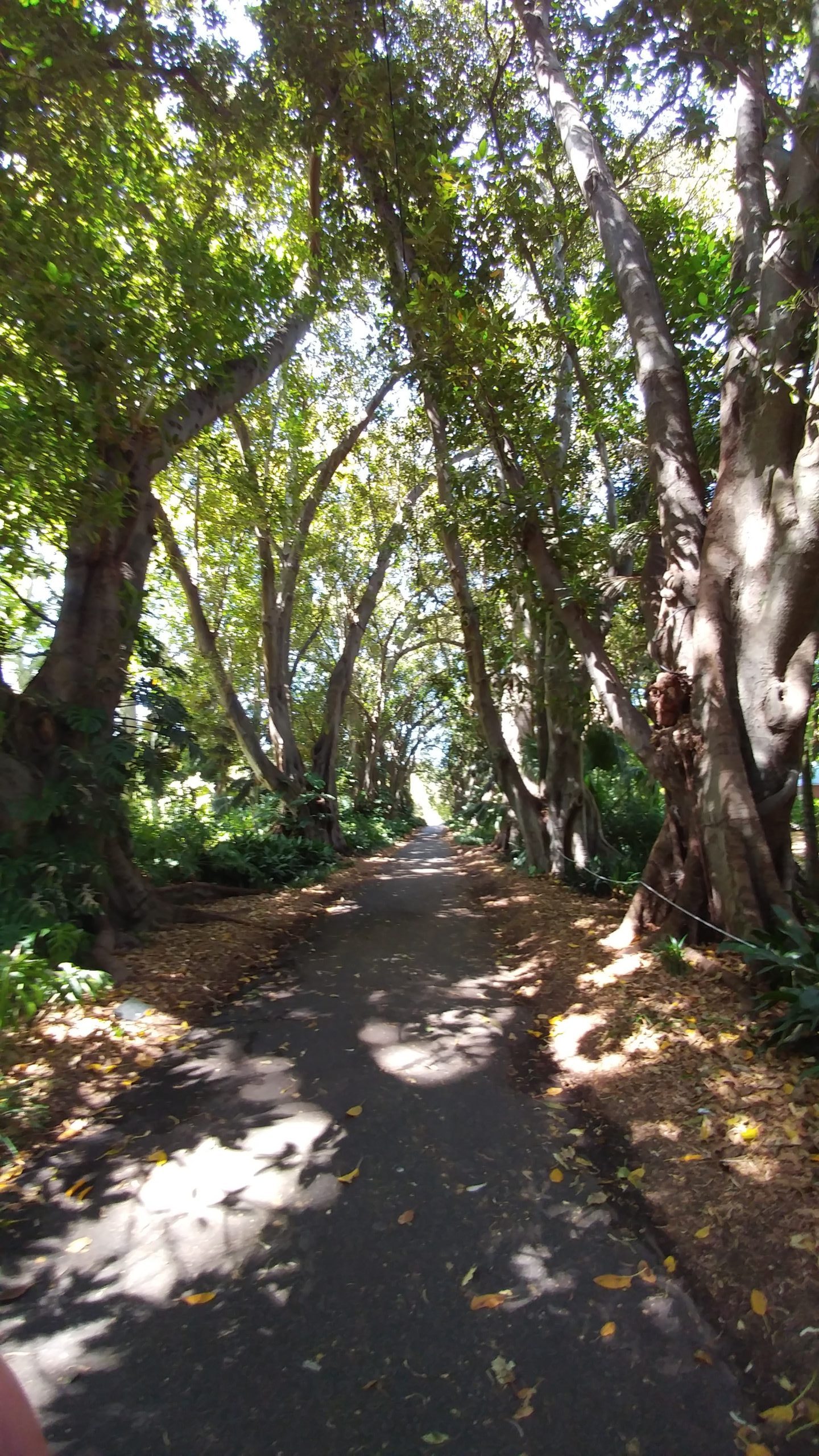
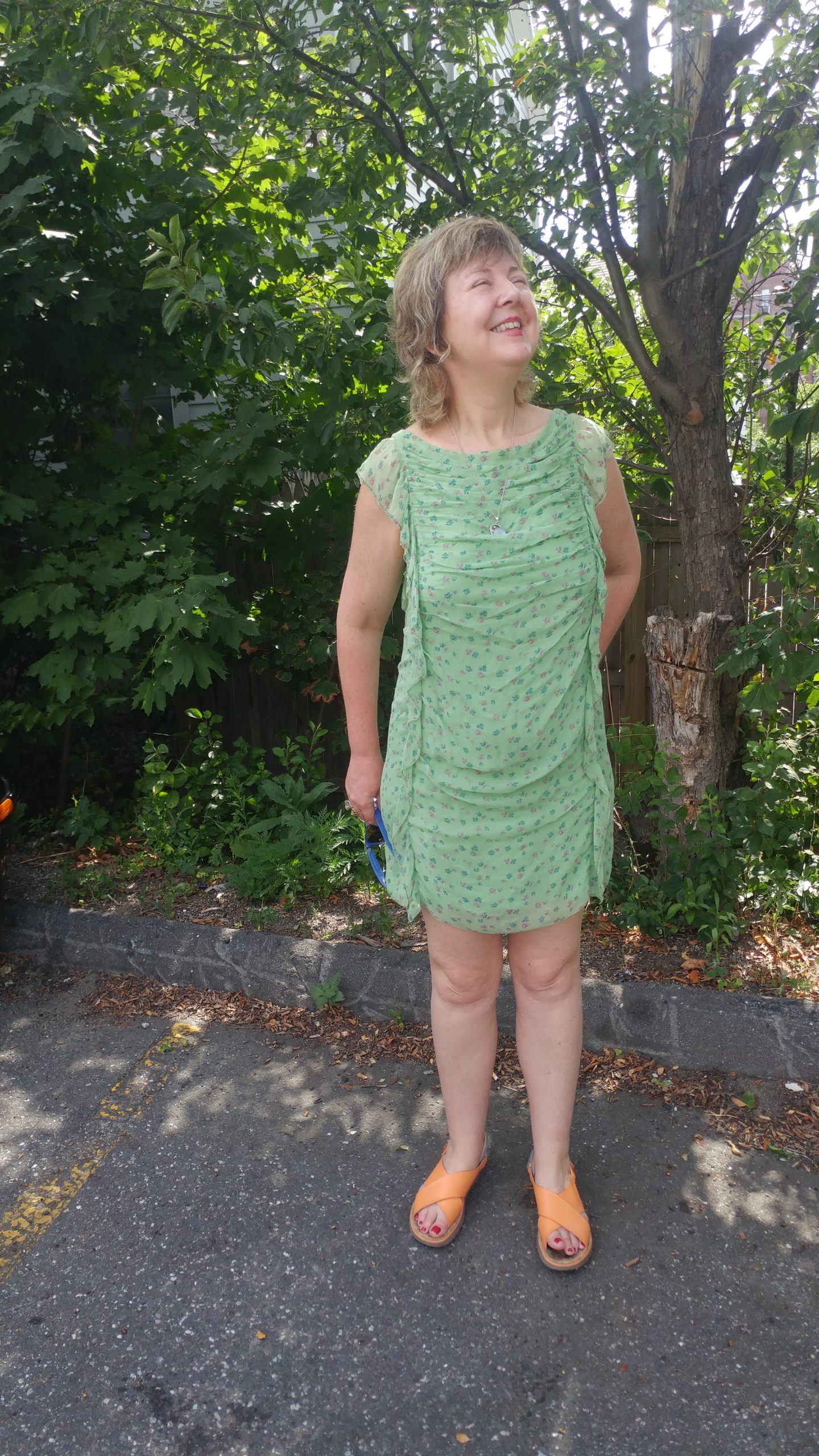
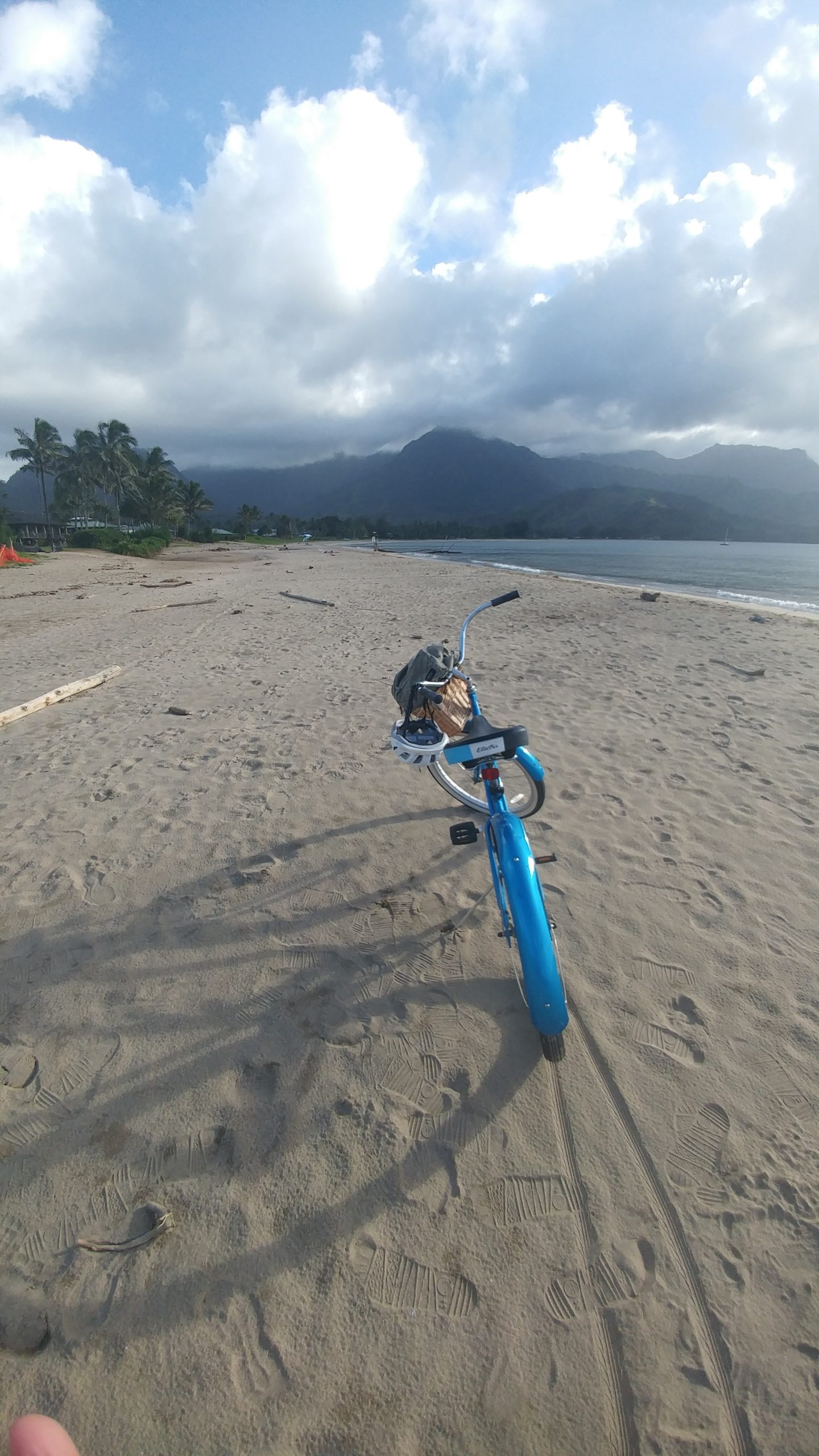
In the course of history, there comes a time when humanity is called to shift to a new level of consciousness, to reach a higher moral ground. A time when we have to shed our fear and give hope to each other. That time is now.
We can love ourselves by loving the earth.
dir
